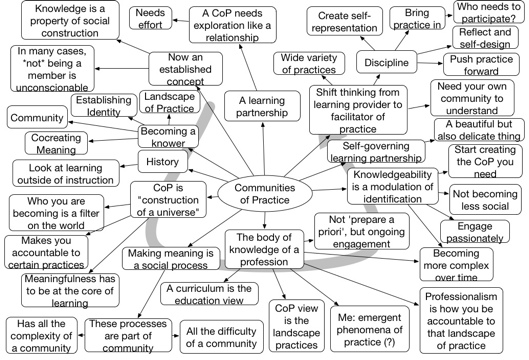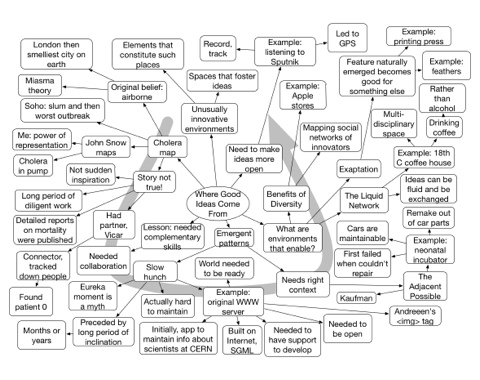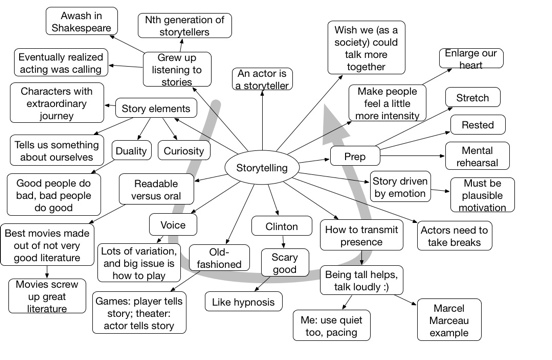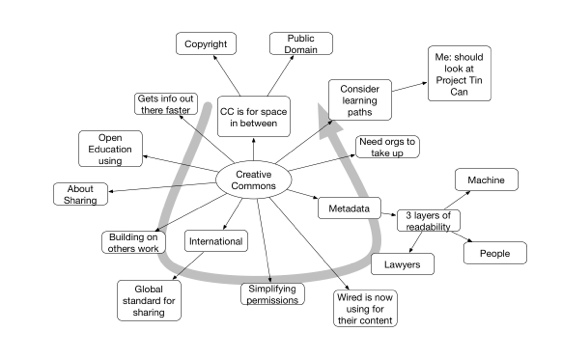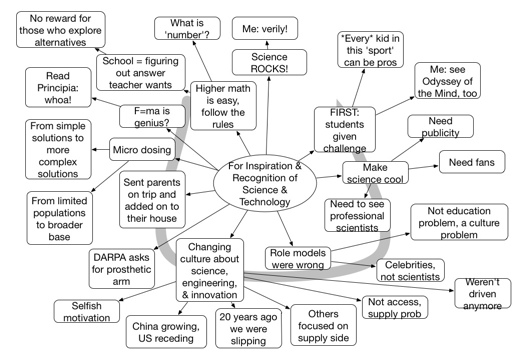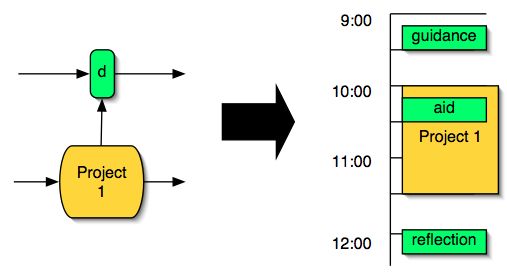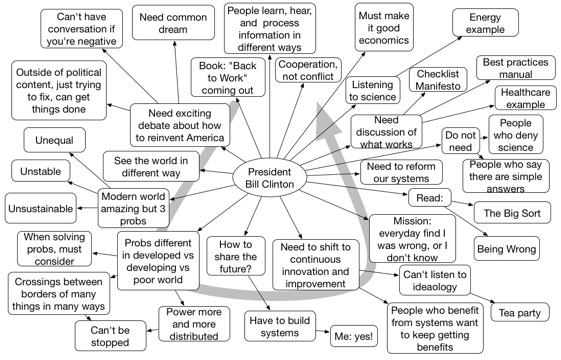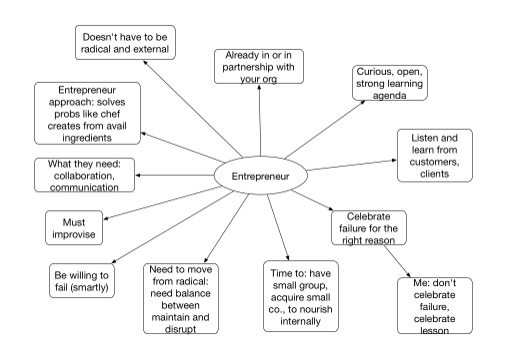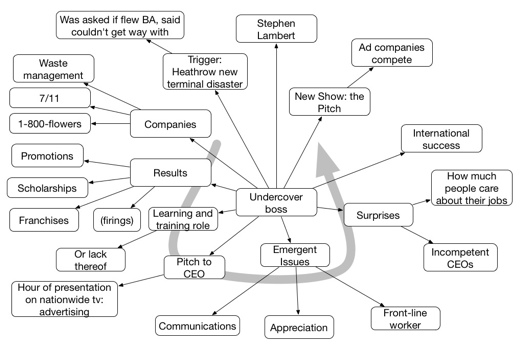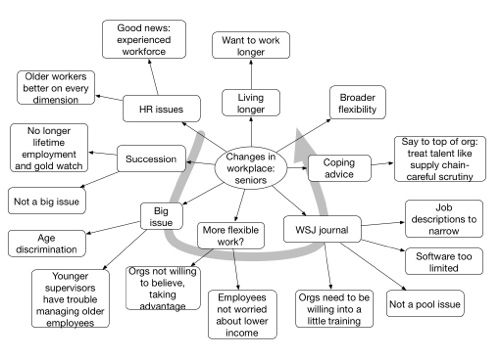In the mobile ideation session I ran today for some folks, the question came up about good and bad examples of design, and subsequent events reminded me of the topic of not just bad, but evil design. What I mean is design that is crafted to return maximal outcome to the designer, not just at the expense of the user, but even to the discomfort of the user or contrary to their intentions. Let me cite a few examples.
First, while this has been improved somewhat, the kiosks that <my usual airline> uses to check in had a big yellow ‘continue’ button that you used to indicate you were ready to move on to the next screen. And the first couple of times in an instance it was innocuous, so you got used to using the button comfortably and automatically. But then, you’d get the opportunity to spend some extra money – nicer seats, extra miles – and the default action, signaled by the big yellow button,was to spend the money. This could be several hundred dollars! I fortunately didn’t get trapped (I try to get to the airport early), but I wonder how many rushing travelers inadvertently *did* manage to overspend. I think such a design takes advantage of our cognitive architecture, falling into a pattern, in unconscionable ways.
Then, today, I was driving back to O’Hare airport from the aforementioned engagement. Following my GPS instructions and the signs, I followed the route to the airport. Now, on the way out there was a required toll, and I drove through and paid the guy (since naturally I didn’t have a pass). The signs on the way back announcing tolls didn’t look noticeably different, and so I didn’t pay too much attention. Imagine my surprise, then, to find a toll payment arrangement requiring either a pass (which of course I didn’t have) or payment by coins. Which I also didn’t have. And the amount was more than the outbound fee, so even if I tried to use change, I likely wouldn’t have enough (who keeps lots of change around these days?).
The cameras no doubt caught me sitting there looking around, then calling for help, then furiously driving on after giving the camera a frustrated glare. Of course there’s a fine if you don’t pay, but there’s no way to pay except through a long URL that’d be hard to get exactly right. You have seven days, which in one sense is nice, but might cause you to put it off and forget. Worse, when you do go online, you’d have to known to record the license plate state and number to be able to pay! And, of course, it’s highly likely in the rush of travel that you’d forget to do this. This seems designed for the sheer purpose to get more fees. For example, paying online is more expensive than paying the original fee. Why can they have a person outbound, and not inbound? It’s capitalizing on expectations and putting you in circumstances that are likely to maximize your inability to pay in the initial instance. What’s with that?
It gets worse, by the way. If you didn’t remember (and our brains aren’t good at rote memory) that the site is singular (Xtollway.com) and instead type Xtollways.com (a reasonable and even likely mistake), you end up at a site that looks like it can help, but instead seems to have sponsored ads and looks for clicks. If you weren’t paying attention, you could end up giving your credit card to the wrong site, and still not have paid the fine! I’m surprised such a site can exist and not be shut down!
Our cognitive architecture has some flaws, and these can be exploited by the unscrupulous (c.f. commercial gambling). It helps to be cognizant of it. It ranges from the designing interface, to ad campaigns, and the whole way companies conduct business (see the Cluetrain Manifesto).
This is, BTW, at least part of the reason I don’t like gamification, as many game mechanics like adding points tap into human reactions in a way to get them to do things they might not otherwise do. This *can* be good if it gets them to do things like lose excess weight or quit smoking, but I’d rather tap into intrinsic motivation instead.
While I’m a fan of good design, and there’s a continuum to bad design, I still prefer that to evil design. How about you?
